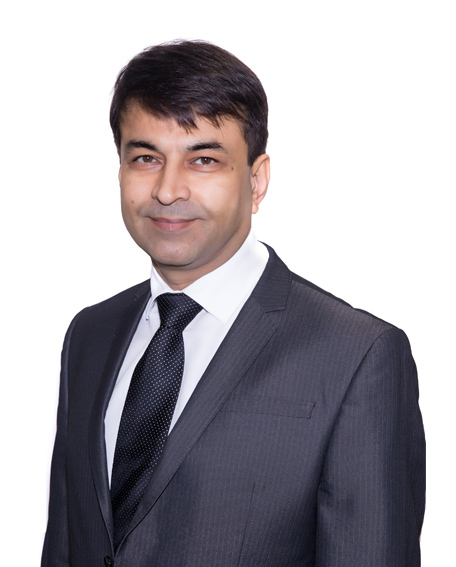All You Need to Know About Rhinoplasty: Insights from an ENT Specialist

Rhinoplasty, commonly known as a “nose job,” is a surgical procedure aimed at altering the shape and function of the nose. This surgery can be performed for cosmetic reasons or to improve breathing functionality. ENT (Ear, Nose, and Throat) specialists, also known as Otolaryngologists, are uniquely qualified to perform rhinoplasties because of their extensive training in both the aesthetics and functionality of the nose. Here, we provide an in-depth look at rhinoplasty, its types, benefits, risks, and what to expect from the procedure.
Types of Rhinoplasty
Cosmetic rhinoplasty is performed to enhance the appearance of the nose. This can involve raising the nasal bridge and tip height, reshaping the nasal tip, reducing a nasal hump, adjusting the size of the nostrils, or altering the nose’s overall size and shape to achieve facial harmony. Common motivations for cosmetic rhinoplasty include improving self-esteem and correcting nasal deformities.
Functional rhinoplasty aims to improve nasal breathing. This can address issues such as a deviated septum, and external and internal nasal valve collapse. These structural problems can cause chronic nasal congestion, sleep apnea, and other respiratory issues. Functional rhinoplasty often combines with cosmetic adjustments to ensure both appearance and breathing are optimized.
Lastly reconstructive rhinoplasty is performed to restore the nose’s structure and function after trauma, surgery (such as cancer resection), or congenital defects like a cleft nose deformity. This type of surgery can be complex, requiring grafts and advanced surgical techniques to rebuild the nasal framework.
Dr Sandeep Uppal summarizes, “An ENT specialist is uniquely equipped to perform cosmetic, functional and reconstructive rhinoplasty, ensuring that both the aesthetic and functional aspects of the nose are meticulously addressed.”
Consultation and Evaluation
Before undergoing rhinoplasty, a thorough consultation with an ENT specialist is crucial. Dr Sandeep Uppal, an ENT specialist with a sub-specialty interest in Facial Plastic and Reconstructive Surgery emphasises “During the consultation, patients should clearly communicate their goals and expectations. I can then provide realistic outcomes based on the patient’s anatomy and desired changes.”
A medical history review will discuss any previous nasal surgeries, injuries, nasal allergies, sinus problems or breathing issues. A physical examination entails assessing the nasal structure, skin thickness, and overall facial anatomy. Photos will be taken to explore your options. Dr. Sandeep uses the latest 3D computer imaging to discuss the most suitable aesthetic appearance for your face, considering your goals and what is realistically achievable. This approach ensures a harmonious look with the best long-term results while minimizing the risk of complications. The appointment may also involve a CT scan to understand internal nasal structures better. Expect a thorough explanation of the results and risks, along with discussions about anaesthesia and costs.
The Rhinoplasty Procedure
Rhinoplasty is generally performed under general anaesthesia, however minor touch-ups may be performed under local anaesthesia with or without sedation. The choice depends on the surgery’s complexity and the patient’s preference.
There are two primary techniques for rhinoplasty, open rhinoplasty which involves an incision across the columella (the tissue between the nostrils), allowing greater visibility and access to nasal structures. This is preferred for more complex cases. Closed Rhinoplasty involves incisions within the nostrils, resulting in no visible scarring. This technique is suitable for less extensive modifications.
Depending on the patient’s goals, Dr Sandeep will reduce or augment nasal structure using cartilage grafts from the septum, ear, or rib. Once the desired shape is achieved, incisions are closed with sutures. Splints or nasal packs may be placed to support the nose during the initial healing phase.
Dr Sandeep states, “The concept of an “ideal” nose varies widely. Factors such as gender, culture, social sensibilities, and personal preferences influence what is considered attractive. I respect and retain ethnic characteristics, ensuring the nose’s appearance remains natural and harmonious with the rest of the face. Careful attention to detail during the reshaping process is crucial to achieving a natural and harmonious result. ”
Making the Decision for Rhinoplasty
Choosing a qualified ENT Surgeon with Facial Plastic Surgery expertise is paramount. If you are considering Rhinoplasty, consult Dr. Sandeep, a highly qualified ENT specialist with fellowship training and expertise in both Facial Plastic Surgery and Rhinology (Sinus surgery and Nasal Allergy Management). Dr. Sandeep can help you achieve a comprehensive management of cosmetic concerns, nasal allergies, and sinus problems.

Dr Sandeep Uppal, is an ENT specialist based at The ENT Clinic in Singapore. He is available for consultations at Gleneagles Hospital, Camden Medical Centre and Mount Elizabeth Novena Hospital.
Share this blog via:
